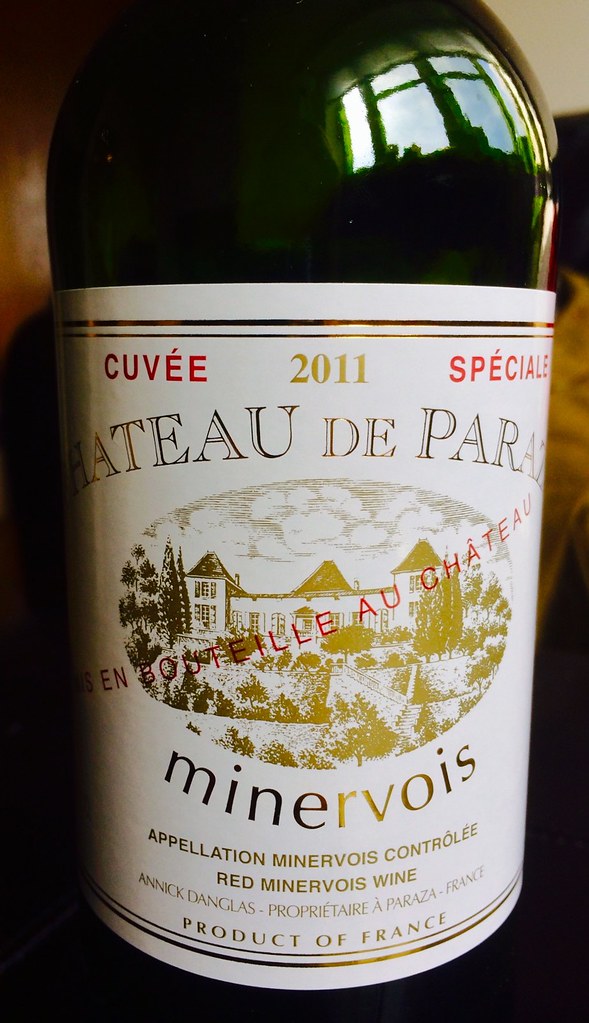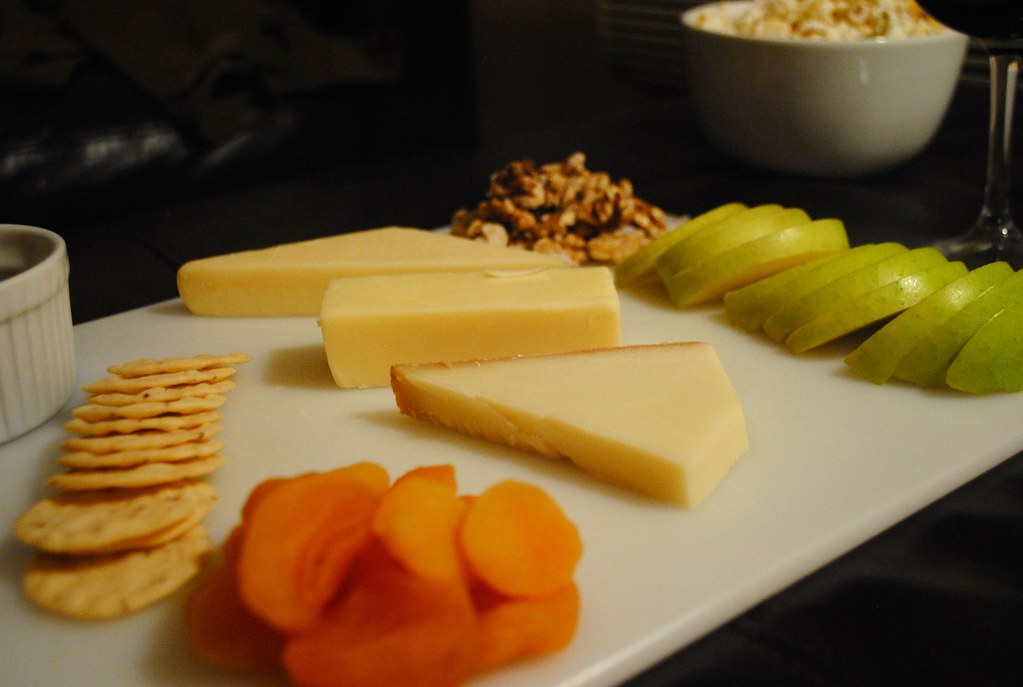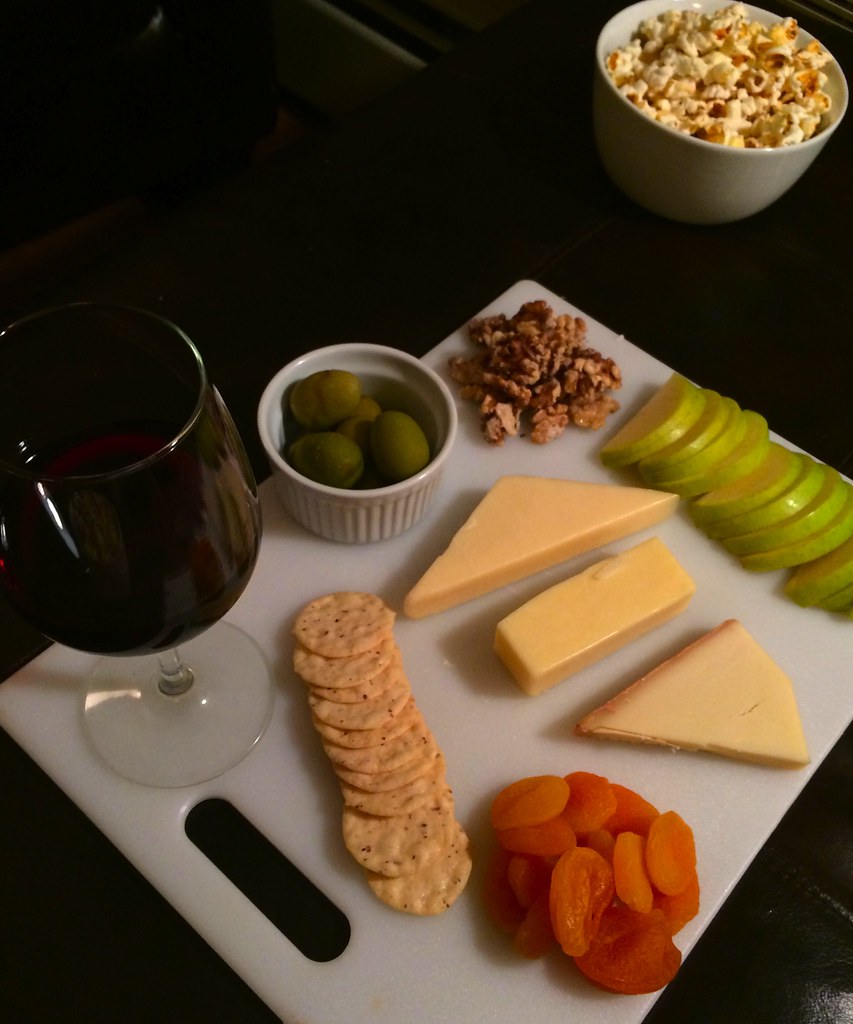Pairing food with wine is both an art and a science. Here’s a crash course on coming off as food and wine savvy without studying for the sommelier exam or even doing any cooking at all.
Entertain in these three simple steps:
1. Find Wine
Make a trip to you local wine shop to find the perfect bottle for your evening whether it be a casual movie night, a romantic dinner or a moment of personal crisis. I highly recommend paying a visit to The Cellar d’Or, a small wine shop on the commons that has vintages from every region and the best bargain bottles I’ve seen in Ithaca. More on that later. If you’ve passed Intro to Wines, you probably know what you’re looking for – you have more than an inkling of an understanding when it comes to terroir, varietals and vintage. If a bottle reads mise en bouteille au domaine/au château and references A.O.C, D.O.C. or A.V.A it is more than likely to be a higher quality wine.
Confused yet? Also be sure to ask someone on staff for a recommendation, or read the tasting notes that some specialty wine stores provide next to the wines. If you know what you like to eat, you can probably figure out what you like to drink.
2. Cheese Please
A good cheese plate consists of whatever cheeses you have on hand that aren’t kraft singles. A great cheese plate consists of a variety of fresh, soft, hard and aged cheeses. For example chèvre, or goat cheese, is a fresh cheese; soft would be brie or triple crème; hard cheeses include Parmigiano-Reggiano and Cheddar; aged could be a Gruyère. Feel free to consult Food & Wine for further clarification.
Foods that grow together also tend to go together – a good rule of thumb to follow when pairing your cheese with your wine. For example, Italian cheeses will pair well with Italian wines. Another important note is that high acid white wines or tannic reds pair best with cheese because acidity balances the creaminess of cheese and tannins cut through the fat.
3. Other Accoutrements
Your cheese plate needs a little extra something to make it more impressive – this is another space to exercise your creativity or add in some personal preferences. Place any combination of sliced apples, dried fruit, candied walnuts, olives, grapes, chocolate or popcorn (if you’re Olivia Pope) on your platter. Keep in mid that these foods can also further accentuate flavors notes in your wine and cheese. For example, walnuts will help bring out the nutty characteristics of some aged cheeses.
See, sophistication can be that simple, I promise. Now go on and create an impressive party hors d’oeuvre, movie snack, sexy share plate, or dinner for one. Oh and congratulations – you’re now better versed in speaking foodie, and maybe even wine snob!




